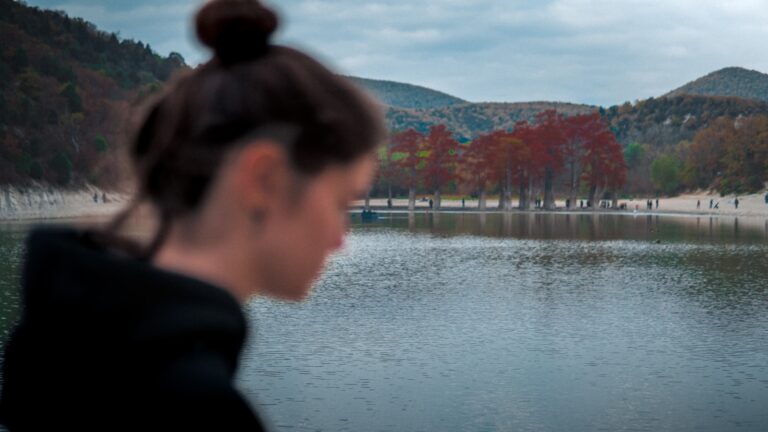NO BOOKS
Continuing to reflect on Germany’s recent painful past, we visited the campus of Humboldt University, which is also near the Brandenburg Gate. On Bebel Square right in front of this university, the Nazi book burnings are commemorated with a cellar topped with glass, filled only with empty bookshelves, inaugurated on March 20, 1995. A sunken and empty library.

Bebel Square was once the site where books from Humboldt University were burned on May 10, 1933.On that day, students supporting Nazi Germany burned more than 20,000 books.No different from the time of Qin Shi Huang, just missing the mass burial of students…
Among the books thrown into the fire, in addition to the works of Karl Marx and Karl Kautsky, a journalist and Marxist theorist, there were also the works of writers Bertolt Brecht, Alfred Doblin, Lion Feuchtwanger, Erich Kastner, Heinrich Mann, Carl von Ossietzky, Erich Maria Remarque, Kurt Tucholsky, Franz Werfel, Arnold Zweig, and Stefan Zweig.All of them are great names in German philosophy and literature.

I heard that recently, every year, students from Humboldt University organize a book sale at Bebel Square—a way to not forget the painful past.
Leaving Humboldt University, the oldest university in Berlin, founded in 1809, where Albert Einstein once taught, we boarded bus line 100 to continue our journey.This time, we headed to Alexanderplatz.During the time when Germany was divided, this was the most important square in East Germany.
According to historical records, it used to be a market for trading animals such as cows and horses, and later wool.In 1805, when Tsar Alexander visited Prussia (the predecessor of Germany), it was given its current name.
There, looking up, you will see the imposing Television Tower, standing over 350 meters tall, built by the East German government in the late 1960s.At the top, you can see the entire Berlin, and then go down to eat, if you want, at a revolving restaurant at an altitude of about 200 meters, which is considered the highest restaurant in Berlin.As I mentioned, my wife doesn’t like Western food. So we went back to the square. There, there is no shortage of easy-to-eat places, including a mixed pho restaurant.
I heard that you can eat authentic Northern phở at the Đồng Xuân market of the Vietnamese.We haven’t been there yet, so we don’t know if it’s true or not. I’ve also heard that when you enter the market, you’ll feel like you’re in Hanoi.You will see all kinds of goods that resemble those from home, from newspapers, clothes, Vietnamese fabrics… to dishes like phở, bánh cuốn, bún chả …That’s how it is with the Vietnamese; no matter where they live, almost all of them want to have the familiar things just like back home.
According to data from the German government, by the end of 2019, there were approximately 140,000 Vietnamese living in Germany, with the largest population in Berlin.And most of them reside in the Lichtenberg district, where Đồng Xuân Market is located.
After filling our stomachs, we strolled around Alexander Square before heading home. At that time, the sun had started to fade, dusk began to fall, and people were trickling out of the square, but the scene was still lively with a group of musicians playing a heartfelt guitar melody accompanied by a gentle drumbeat.
Climbed back onto the double-decker bus of route number 100.




